Why Are These Skills Important?
In addition to accomplishing my Learning Objectives (as
outlined in my Learning Plan), I’ve also learned a whole lot more! Many of the
things that I’ve learned and outlined below are perhaps basic, but every
teacher has to start somewhere when it comes to classroom management skills!
For example, a couple of months ago I took my two-and-a-half
year old cousin to ‘dance’ class with her mother/my aunt. There was less
dancing, and more teaching the little ones how to move. The activity I found
the most interesting during the lesson was teaching the little guys how to jump
over a skipping rope with momentum and both legs and using their entire bodies.
To adults, this is such a simple skill set. I don’t have children (yet), so I
forget that these little lessons have to be learned!
Similarly, the little lessons in regard to classroom
management skills need to be learned at some point, and this course has taught
me so much! I think that the things I’ve learned in this course this semester
are invaluable to my future. I wish I would have taken this course sooner
because I believe the skill set developed in this course will be instrumental
in my teaching career!
My Developed Skill Set
Spontaneity: Spontaneity
and the ability to go-with-the-flow is so important! Through this semester,
I’ve experienced quite a few situations that forced me to go-with-the-flow. For
example: unexpected lockdowns, teachers forgetting about the session, and
combined classes of different grades. Teaching can be unpredictable – so I
think spontaneity is important!
Adding extra
challenges: Every age group is very different. Even amongst the same grade,
every class is at a different level. If my activities were too easy, I would
“add an extra challenge”. Or, if my activity was too loud, I would “add the
extra challenge of whispers only”. I found that adding an extra challenge
because “I know you can do it!” definitely motivated the students. Not only has
“extra challenges” taught me that it’s a great way to change an activity on the
spot that isn’t going as planned, but it also has taught me that positive
motivation and positive reinforcement can do wonders!
Adding extra content: If I needed a time-filler, or if a story was very successful and I wanted to continue with it, I would ask the students to contribute to the narrative. Many of my stories were repetitive. For example, a character tries to accomplish a task but can’t, so another character tries. Allowing the kids to choose the next character that comes along, or to choose the next activity that the character does, worked as a time-filler but also as a way for students to feel special because they were directing the narrative. It also made it fun for me as a storyteller because every classroom’s input was different and unique.
Asking direct questions: At the beginning of each session, after introducing myself, I would ask the students what they knew about the library. At first, when I was asking very generalized questions, I would get all kinds of answers. For example, one little one told me that her grandmother took her to the library and she was really scared of the fish and she started to cry. Obviously, that is a story that doesn’t answer what I wanted to know (and that particular story made some of the other kids uncomfortable). I’ve learned to ask specific questions about the library during my introduction. For example: what kinds of things can you rent/take out from the library? This has helped avoid personal stories and unrelated information. It also speeds up the introduction so I have more time for my stories.
Save questions until the end: Similarly, often when a child raises his/her hand their hands with a story or a question, it either isn’t relevant, or I’ll be answering their question through my explanations. At first, I would call on every hand that was raised to address their comment/question. I quickly learned that was a time-waster! I then started saying that all questions would be saved for the end – and not once did a child have a question at the end because it was answered during my explanation, or not relevant, or the child forgot.
Thorough explanations: After quite a few storytelling sessions I began to explain why I didn’t have any books for my sessions. I explained that I memorized stories (which often resulted in “woah!” or “cool!”, or “how?!”), and I explained that memorizing stories was interesting because I can change the stories for different age groups, or to incorporate student input, etc. This was also a great segway into asking the kids to do the actions along with me. I would say that because I’m not holding a book with my hands, I use my hands to do lots of different actions, and I would love for you to do the actions with me! Thorough explanations as to why I’m storytelling a certain way is valuable because it allows for understanding.
When a child doesn’t have an answer: I’ve learned so much that is relevant to teaching! With younger kids, often they will raise their hands when I ask a question – but they won’t have an answer (they will put up their hands simply for the sake of raising it). I asked one of my friends, who is a student teacher, on how to handle this very common situation: how long to wait until calling on someone else so as to not embarrass the child. She suggested I ask “who can help him/her out?” if the child doesn’t have an answer. That is what I used – and it was great and very helpful.
When a child shouts out: One of my most difficult curveballs during a session was when a child repeatedly made ‘barking’ noises while I was storytelling. During that session, I didn’t point out the child specifically, but I did stop and say that we had to make sure we were quiet so everyone could hear the story. My pauses seemed to do more harm than good because the stories were interrupted and became fragmented. The teacher didn’t jump in, which surprised me. Stacey’s comment on this (through my self-evaluation) was that perhaps the child had a disability (like Tourette’s), and the classroom rule is to ignore the behavior. That is something that I didn’t think of, and in hindsight I wish I would have asked the teacher afterward how I could have better handled that situation, and maybe he would have given me insight into the reason behind the child’s behavior. On a more general note, pausing was the most effective way for me to regain attention in a classroom. If there was a distracting element in a classroom (about to be recess, people in and out of a classroom, a funny part of the story that makes everyone laugh), then pausing and waiting for the story without calling on particular stories was the most effective way for me to manage situations like that. I disliked calling on specific children because I wanted to save my voice solely for the story. Instead, I would just look at a child and wait patiently. It worked almost every time!
All eyes on me: Similarly, this is a classroom management skill that I learned during my Education 2500 practicum. I like to say that I won’t give the next instruction/start the next story/play the next game until “all eyes are on me”. This is an efficient way to receive undivided attention.
Hands in my lap: Many of my stories for the younger kids included repetitive actions that they could do along with me. At first, when I was done an action, I’d put up my hands in a “stop” motion to signal that the action was over, but I found that that wasn’t effective because it kind of looks like another action. From that point forward, I put my hands in a pile in my lap, folded, (like how most teachers instruct students to sit during story-time). I found this management skill to be effective because the students are already familiar with it. It ensures that the story stays on track with minimal distractions.
Nametags: As a storyteller, to my memory, there was only one classroom in which a teacher put nametags on each of the desks for me. This was great because I could call on specific students by name to answer a question, to prompt or encourage them. It’s something that I’d like to remember for when I’m a substitute teacher!
How teachers organize their classrooms: One of the things I’ve enjoyed this semester is observing how different teachers organize their classrooms. For example, one grade 5 classroom had almost all of the students sitting on large exercise balls to promote better posture. In a culture that spends so much time in front of electronics (television, computer, tablets, etc.), posture is becoming increasingly important! On the other hand, there was a grade 6 classroom that I visited in which the students sat on couches and worked on coffee tables, which I would imagine wouldn’t be the best for their posture, but the teacher mentioned that when the students are comfortable they learn better. It’s interesting and gives me ideas for my future classroom!
What I’d Like to Focus on in the Future
Increased vocabulary:
This is something that I definitely need to continue working on! For my
activities/fillers, I found myself saying “good” or “good job” repeatedly and
without variety. I remember in my Education 2500 course, our professor asked us
to write down as many ways to say “good job” that we could think of, without
using “good job”. It is harder than it sounds! I could benefit from looking
over that list once again, and memorizing different ways to say “good job”.
Better transitions: I’d like to improve on my transitions between story and filler. I want to leave a pause after a story for dramatic effect, but I also feel like I’m asking for applause when I do so! In the future, I’d like to focus more on how to transition smoothly. I’m sure that that is a skill that comes with practice.
Research on Oral Storytelling
For this final project, I decided to do research on oral
storytelling, and I found three helpful articles. Below, I’ve included the
title, author, and what I found to be significant in each. These articles were
a great way to ground what I’ve learned in this course in academic literature.
“Storytelling
as Pedagogy” by Louise Phillips: I found this article unique because
Phillips describes the unique nature of oral storytelling so beautifully!
Storytelling is unique because the “storyteller holds the story in her mind and
uses words and gesture to bring the story alive before the listeners. Listeners
can connect with the characters and accompany the teller on the journey of
experience, then emerge with new insight and understandings” (2). Furthermore,
storytelling is “consumed collectively, whereas a novel is devoured selfishly”
(2). Oral storytelling allows listeners to “create
meanings applicable to their lives and
experiences. The nature of story and storytelling thus allows listeners to form
multiple possible meanings” (2).
“The Effects of Storytelling and Story Reading on the
Oral Language Complexity and Story Comprehension of Young Children” by Rebecca
Isbell: I found this article
interesting because it validates the importance of storytelling in academic
literature. Through this article, I learned that storytelling “is one of the most studied
formats for increasing language
learning in children” (158), and that storytelling “benefits children in two
ways by providing them with acquisition of language and literacy. Not only
do children acquire language and literacy skills, but they also experience vocabulary growth,
knowledge of handling books, and many
other skills” (158). Furthermore, storytelling
“can foster communication opportunities for young children, as they
discuss the text and illustrations” (158). Stories, through oral communication,
are “recreated through spontaneous, energetic performance, assisted by audience
participation and interaction” (158). Isbell discusses the difference between
storytelling and story reading: “One difference is in audience participation. In
storytelling, children are encouraged to
join in repetitive phrases or refrains,
and given the opportunity to suggest variations in certain free story elements.
Roney (1996) has described these aspects of
storytelling as co-creative and a form
of two-way communication” (158). Similarly, oral storytelling is
important in child development because it “is the most effective
way to develop listening skills. Storytelling
also provides an opportunity to
experience the difference between listening quietly and listening actively,
by participating in the process” (158).
“The Process of Sharing Stories with Young People” by Brian
W. Sturm: I really like this article
because it discusses the process of choosing a story. For example, storytellers
most often are telling to multiple children, so it has to be a story that will
be widely well-received. Sturm also discusses the effort that goes into
memorizing and learning a story. Sturm describes how sometimes storytellers can
forget stories, but that forgetting what happens next can actually be an
opportunity to “describe more of what your current scene holds while you try to recall the forgotten next scene; it also forces the storyteller to re-experience the story while he is telling it, and that dynamic involvement is contagious for your listeners” (16). I also
really liked Sturm’s advice to not get too attached to the words of the original
text: “Once you have a series of mental pictures, put the original text away so you don’t get too
wedded to the literary wording. Written language has a very different rhythm to
that of spoken language, and you need to use the words that you choose to
describe what you see in your mind” (16). Sturm eloquently explains
storytelling as a “performance of folktales [with] a mixture of
improvisation, drama, and oral performance. It requires a delicate balance of
voice,
facial expression, gesture, posture, and emotional involvement so the storyteller—as
person—falls into the background and the story can shine” (16). I wish I had read
Sturm’s article before I began this course, because he lists 22 tips and tricks
for oral storytelling on page 17 of his article:
- Recall the mood of the story and open with a similar mood.
- Eye contact is vital. Don’t look through your listeners.
- Speak clearly, loudly enough to be heard without effort, and at an appropriate speed for the story.
- Gestures should be natural and should never distract from the story.
- Clothing should be comfortable and simple. Distracting clothing can detract from the story as people are tempted to look at you instead of listen to you.
- Take control of the space. Move your audience around if necessary. The setting helps establish the mood.
- Make the area comfortable for the audience (for example, climate control).
- Never explain a story.
- Cover difficult words in the introduction or let the audience discover them from the context.
- Large groups are harder to “include” in the storytelling atmosphere, since those in the back can’t really see your face and expressions.
- Offer the story as a delicate treasure, not as medicine to be taken.
- Pause after your introduction and before the story to allow your audience time to prepare to listen.
- Watch your audience for their feedback messages. Alter your performance accordingly.
- Never underestimate the power of the pause.
- Use character voices sparingly. Keep them consistent, and practice them thoroughly.
- Use a “catchy” beginning to draw your audience into the story from the start.
- The three fundamentals of storytelling are your voice, your words, and your facial expressions. Choose them all carefully.
- Breathe normally during the performance. One or two deep breaths at the beginning of the session can also help calm nerves.
- If the story is folklore, don’t memorize it. Let your own words imbue it with personality and power.
- Work on the pacing of the story so there are no breaks in the rhythm unless they are planned.
- Consider the knowledge base of your audience (cultural knowledge, familiarity with storytelling) and don’t assume they will react the way you wish.
- Remember the words of Ruth Sawyer (1966), “To be able to create a story, to make it live during the moment of the telling, to arouse emotions—wonder, laughter, joy, amazement—this is the only goal a storyteller may have” (148).
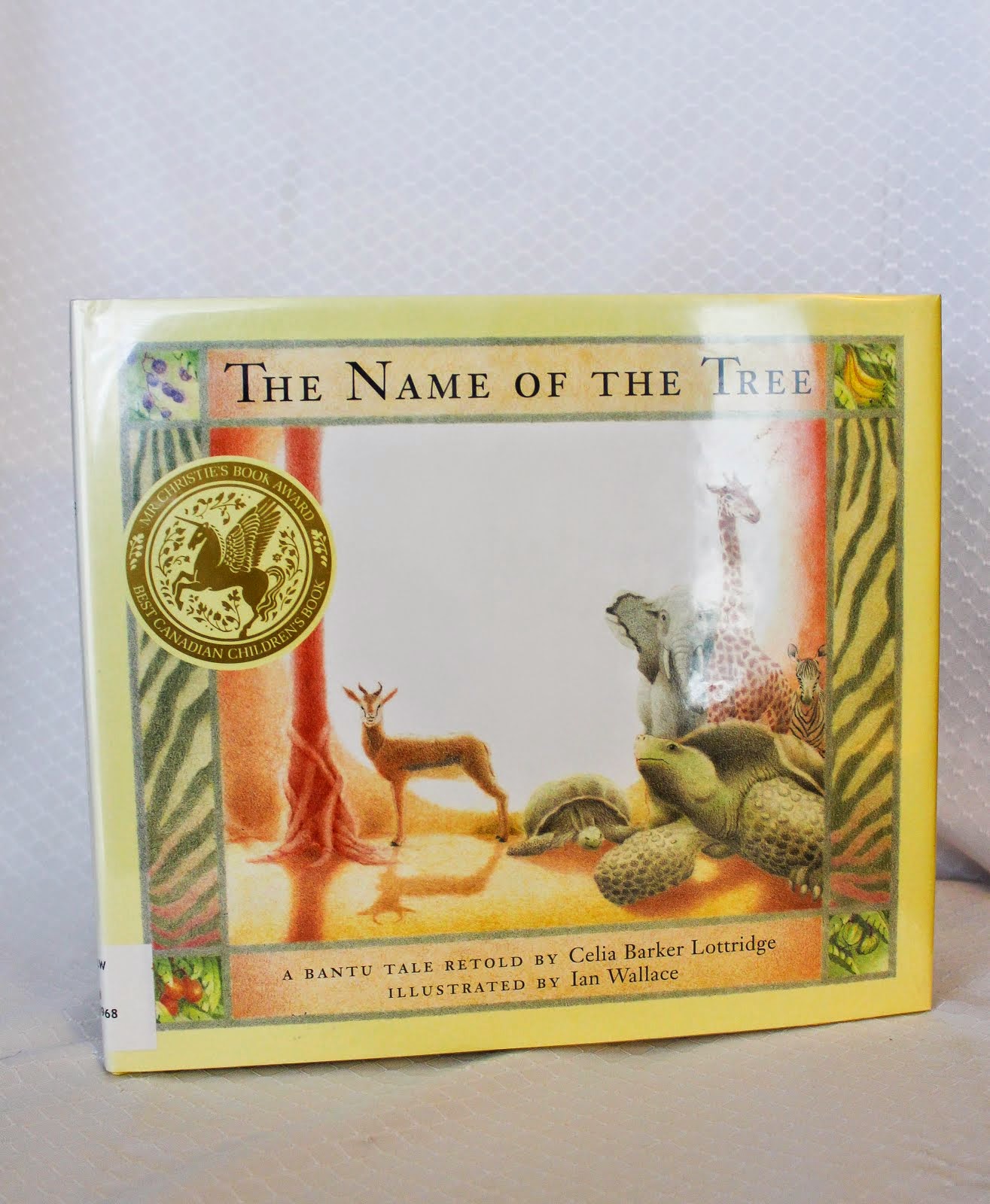
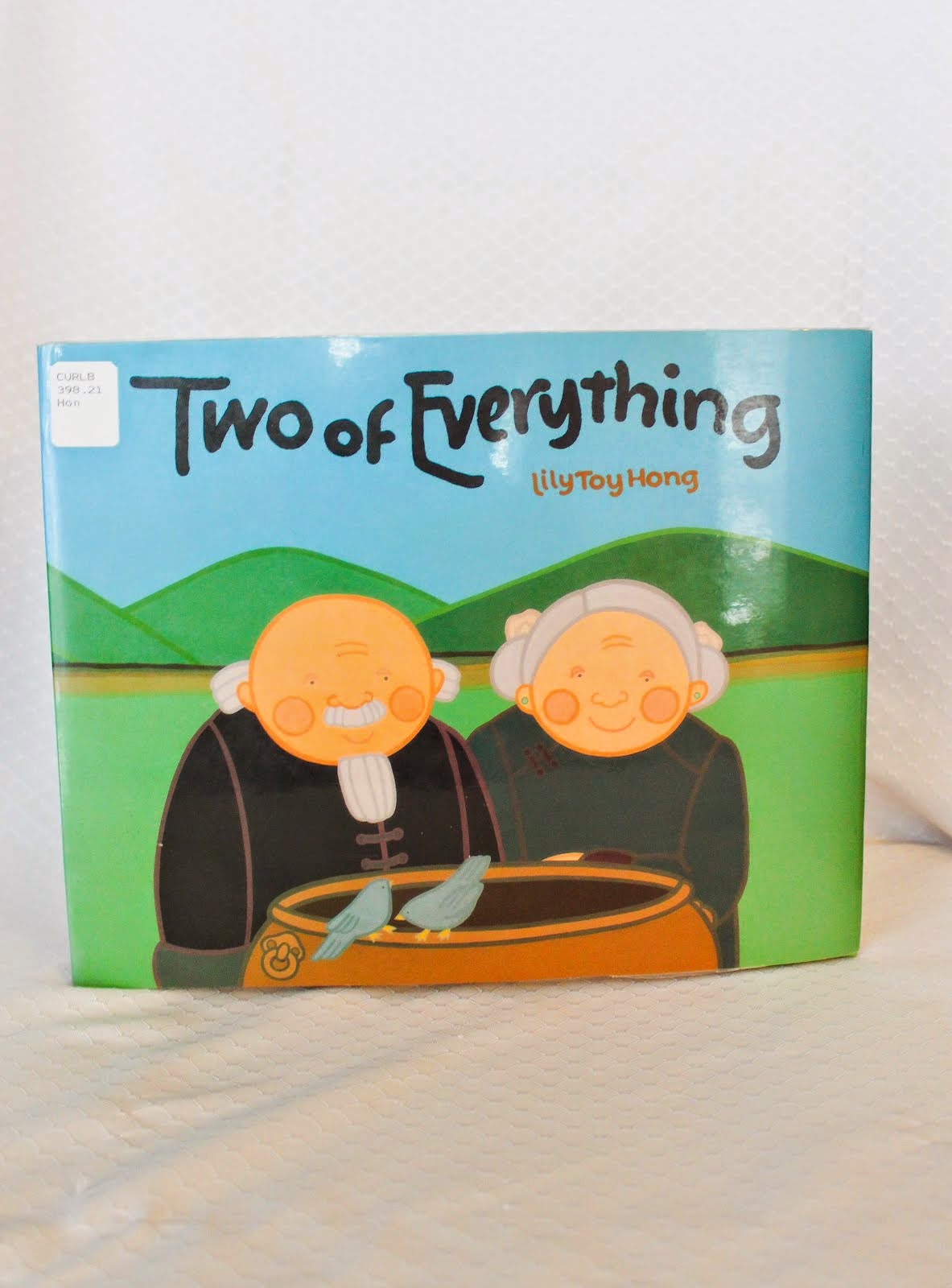
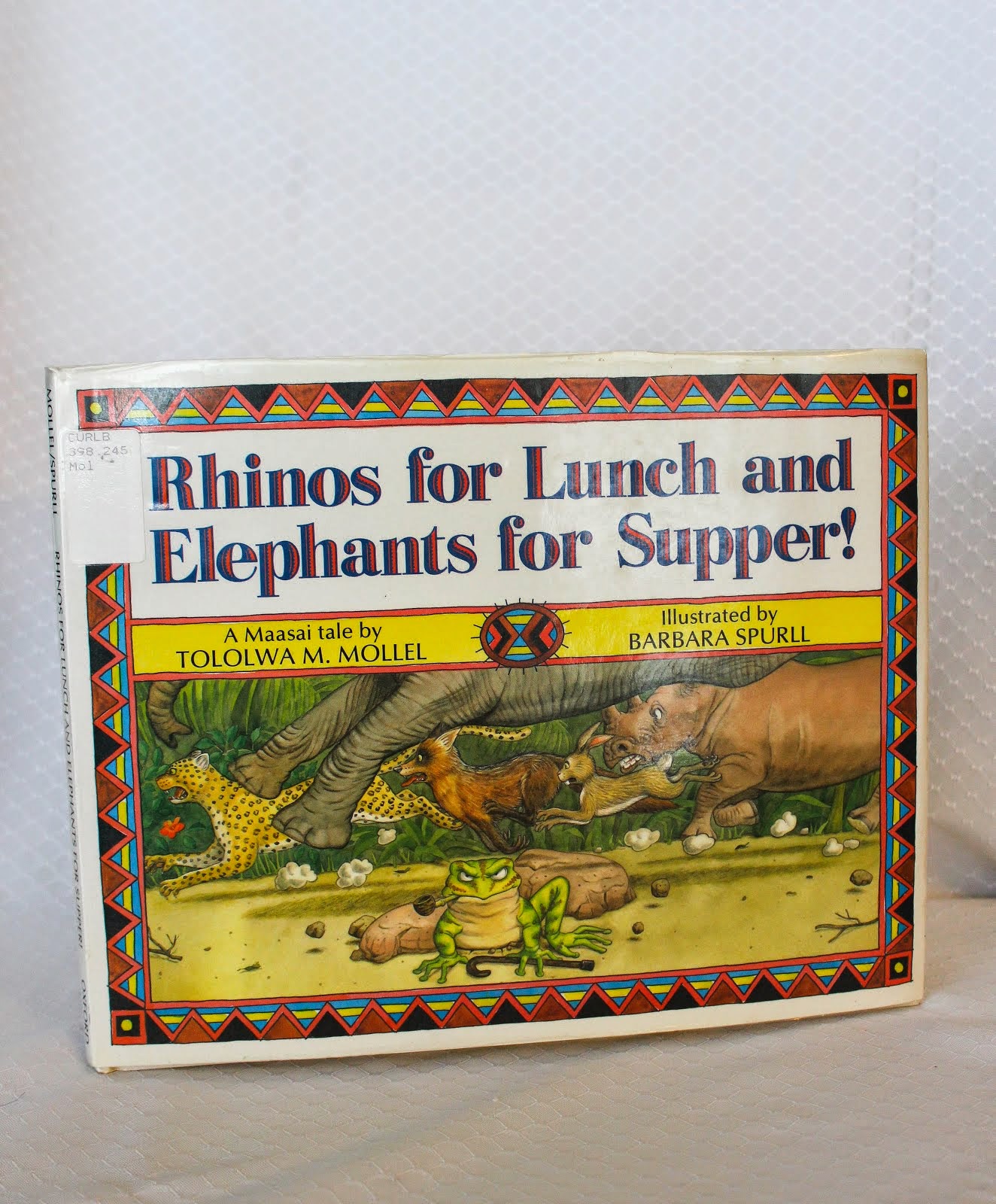
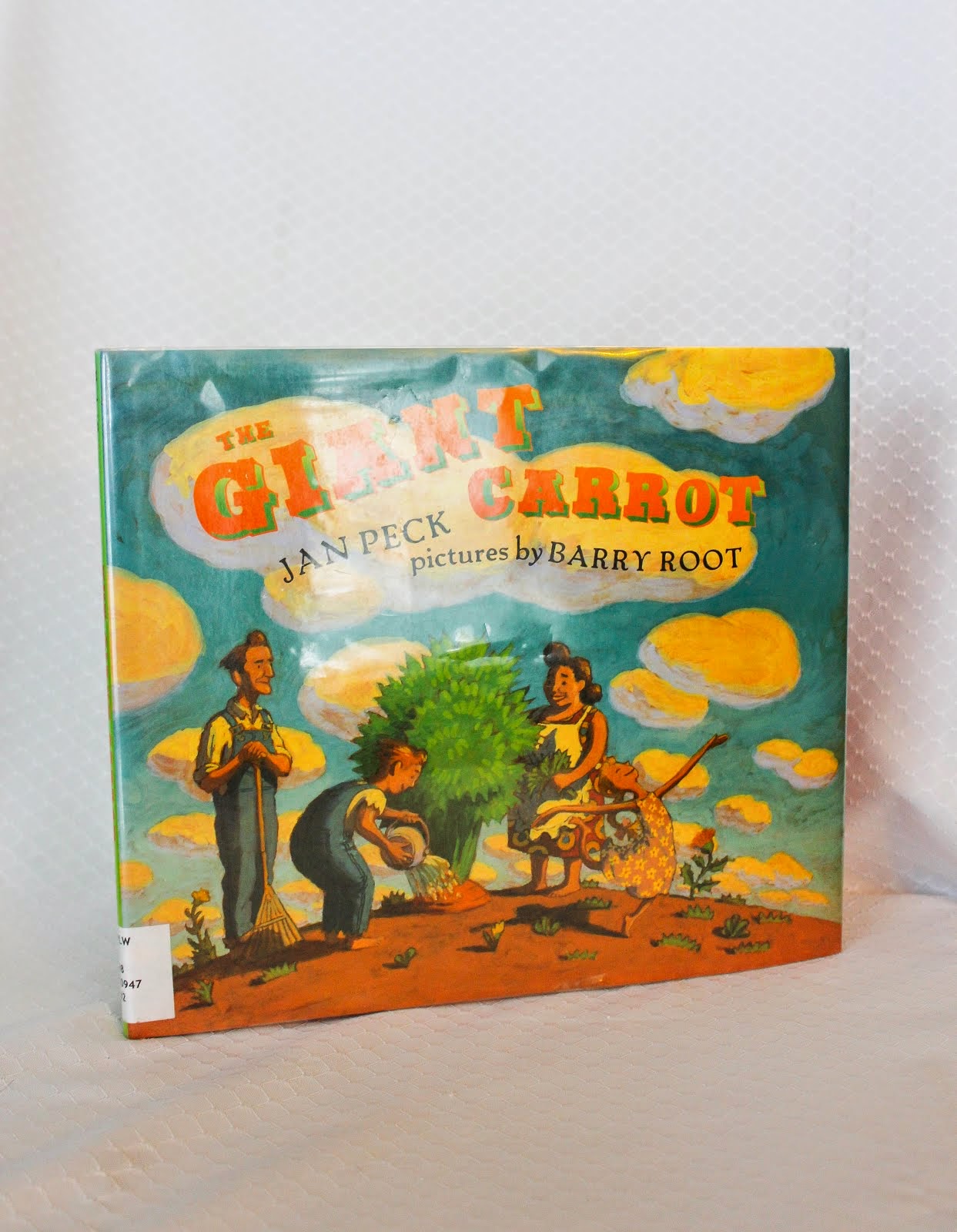
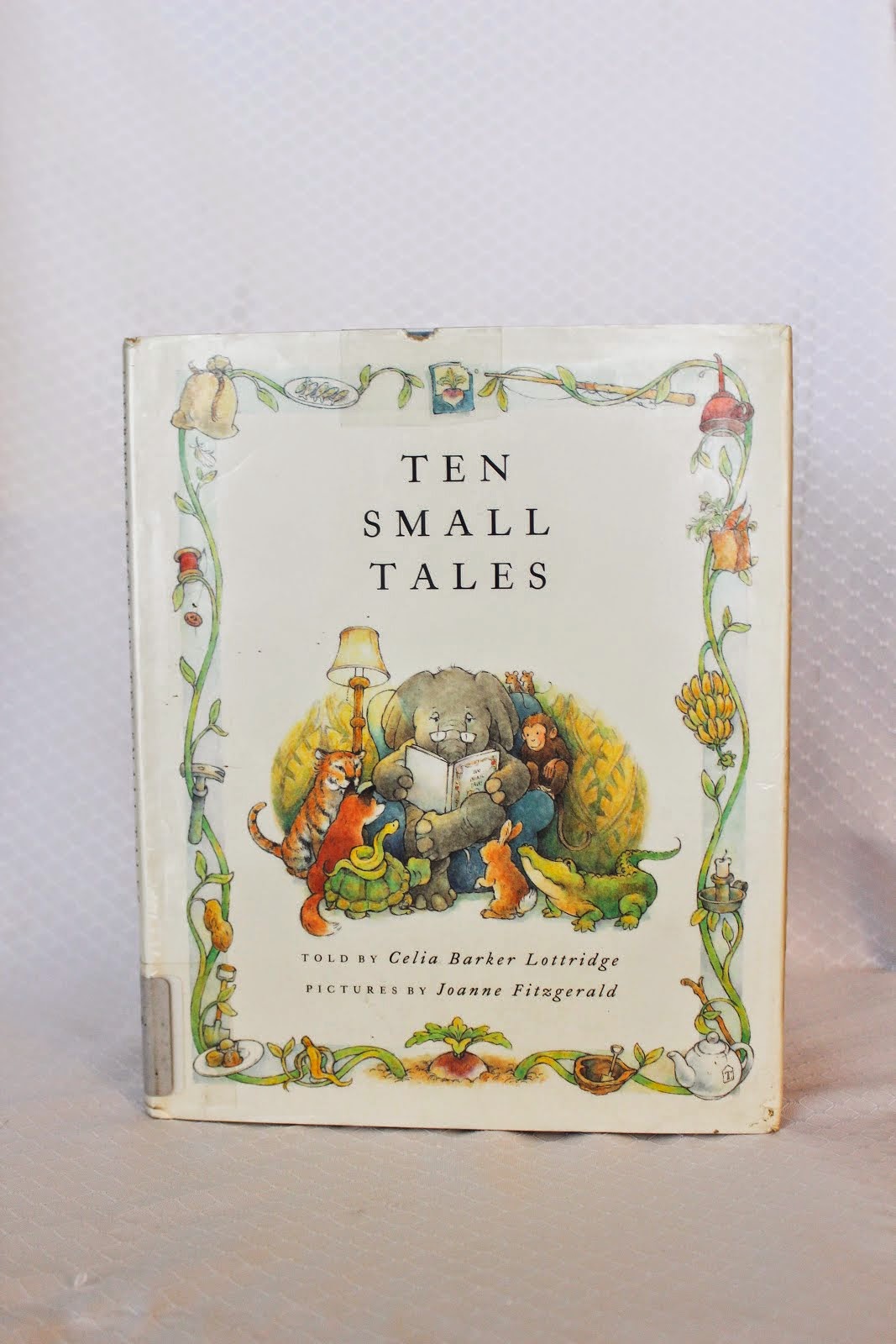
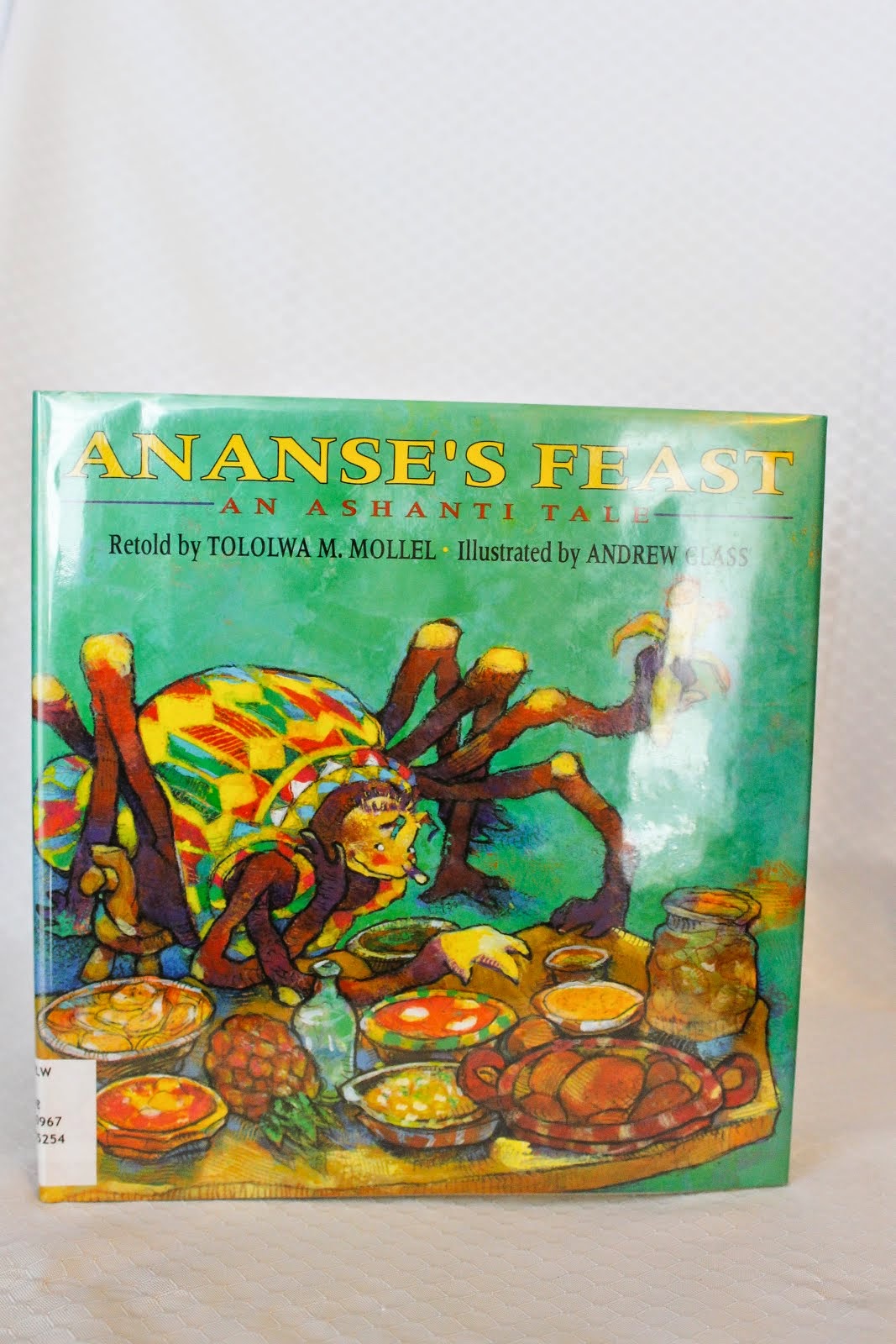

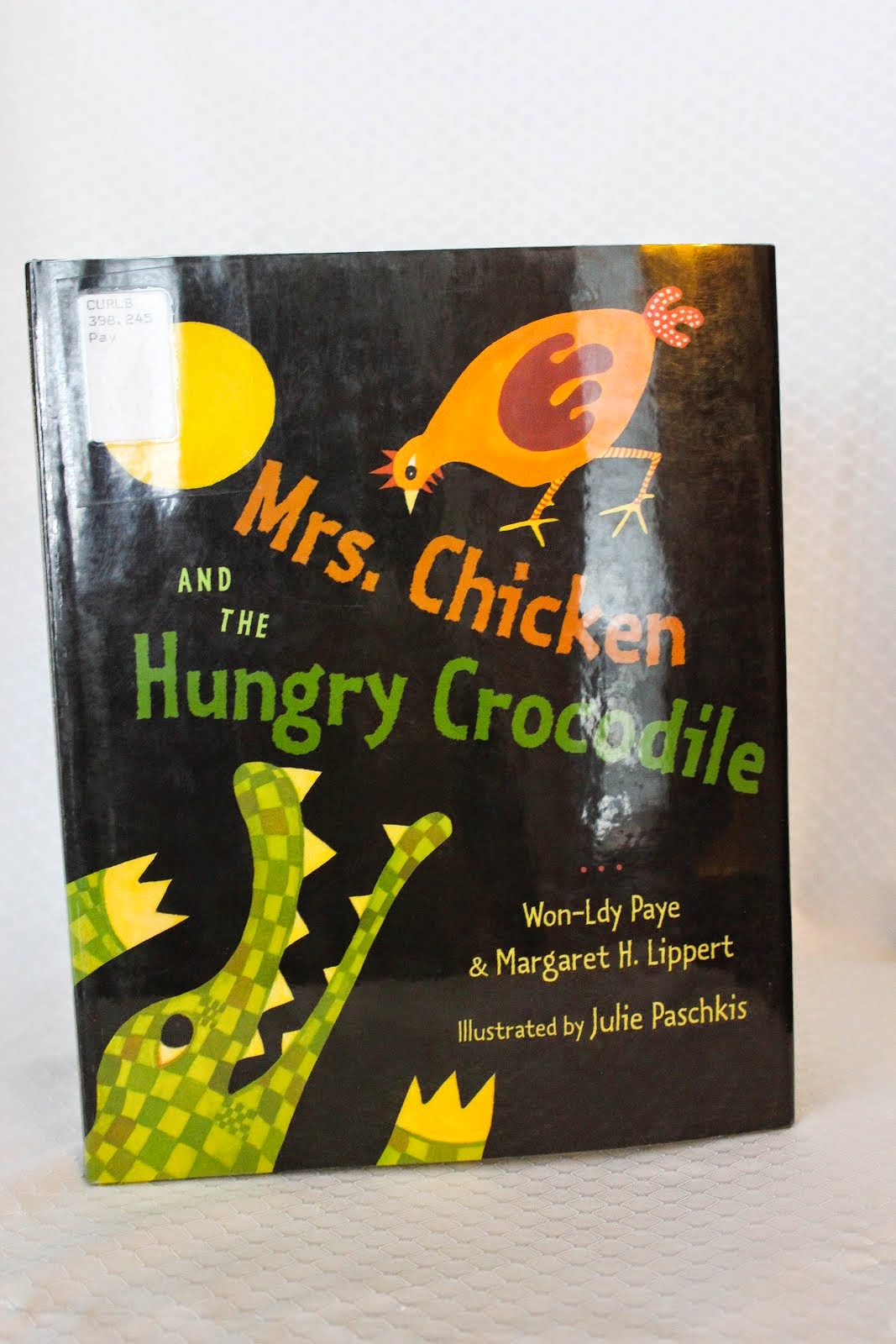
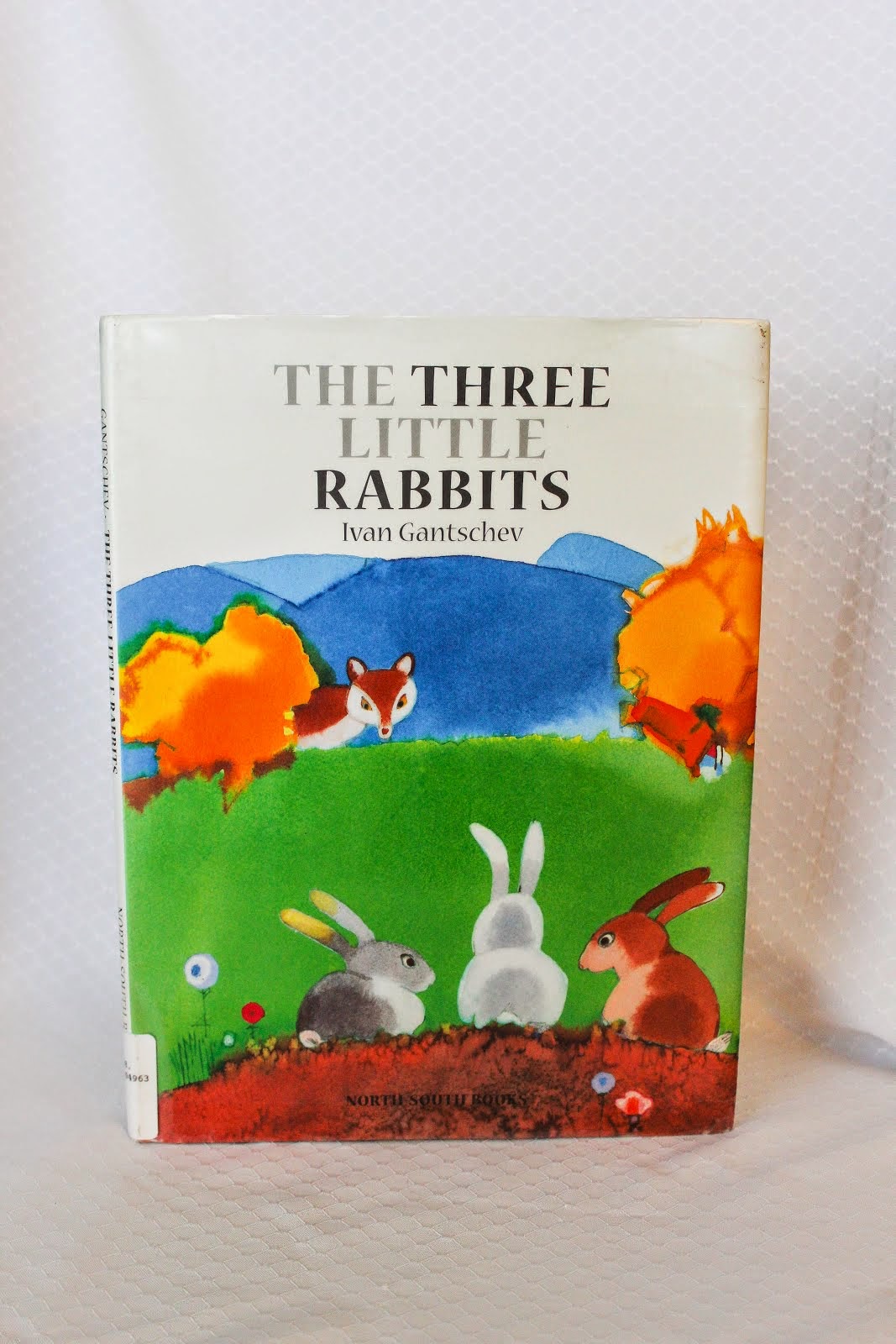
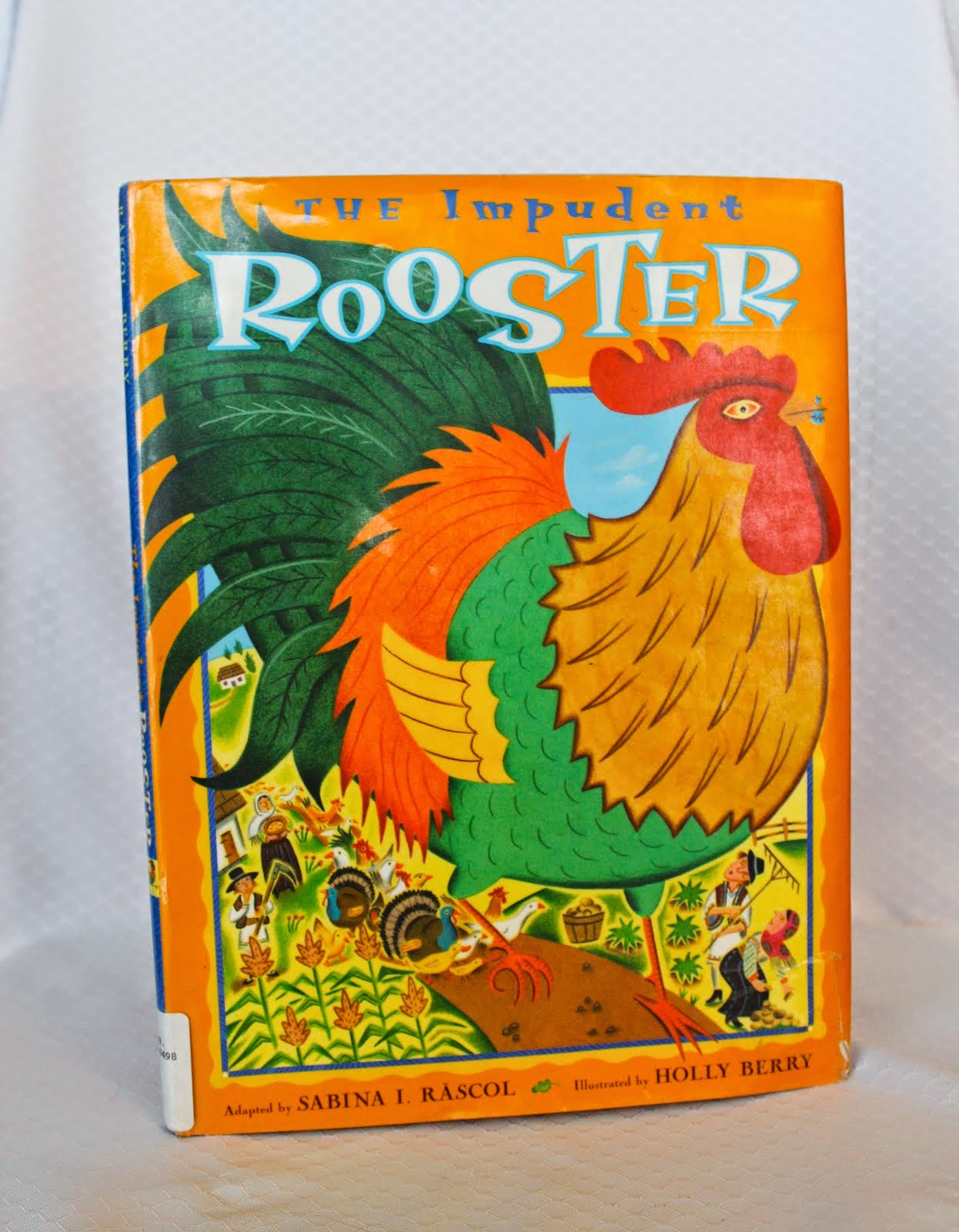

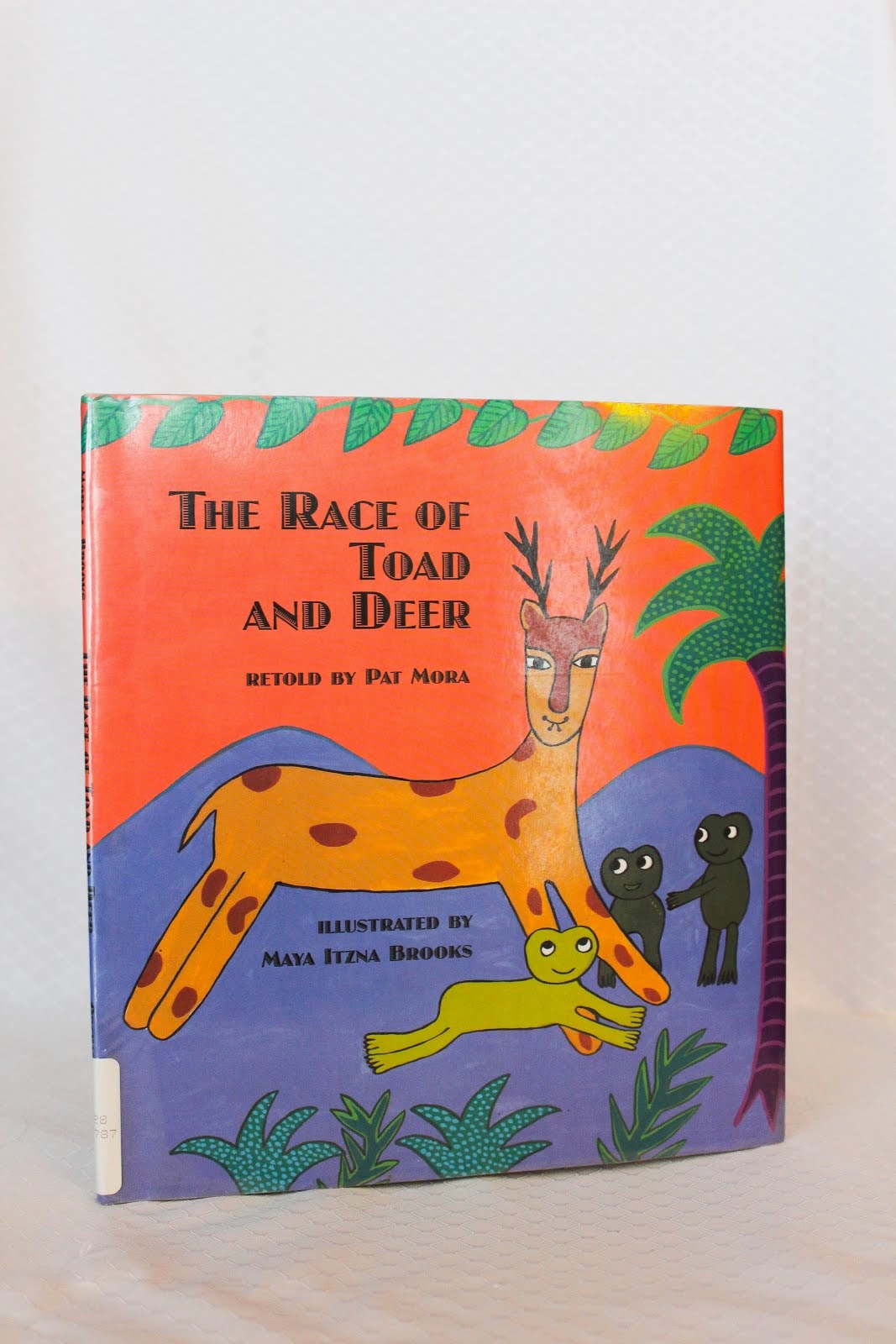
No comments:
Post a Comment